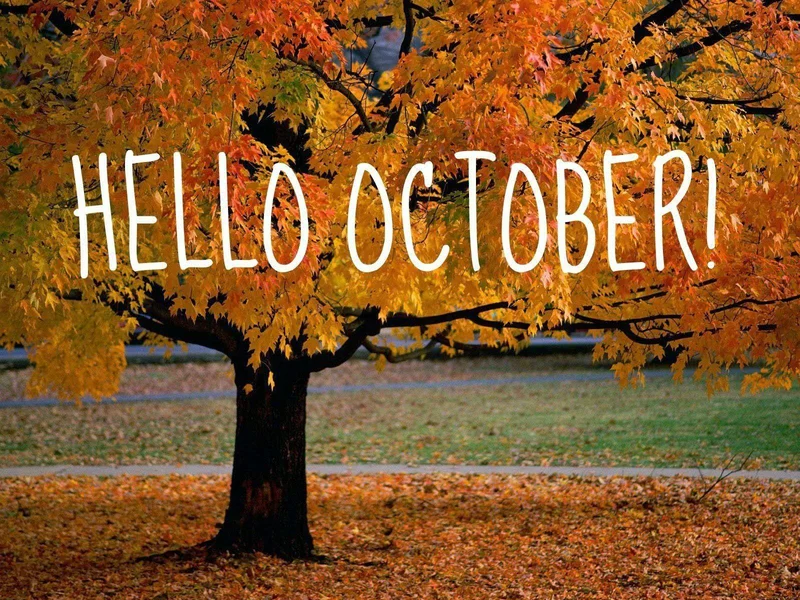An analysis of the October 2025 streaming release schedules reveals a coordinated and overwhelming content deployment across the major platforms. A preliminary review of the provided data indicates that the top eight services—Netflix, Disney+, HBO Max, Prime Video, Hulu, Paramount+, Peacock, and Tubi—are scheduled to add a combined total of over 650 new film and television titles. To be more exact, my preliminary count puts the figure closer to 680, and that’s excluding individual new episodes of ongoing series.
This volume (for a single 31-day period) is not an accident. It is a strategy.
The initial phase of the streaming wars was defined by key acquisitions and high-budget original productions designed to attract subscribers. That phase is functionally over. The market is saturated, and subscriber growth has decelerated. We are now in the retention phase, which operates on a different logic. The primary objective is no longer acquisition through marquee titles but retention through the creation of an overwhelming sense of content depth. The goal is to make the library feel so vast that a user, paralyzed by choice, defaults to maintaining their subscription rather than undertaking the effort to cancel and switch.
Netflix’s October slate is a case study in this approach. The platform is adding approximately 85 titles. The headline additions are nostalgic library content: the three Austin Powers films, the Beverly Hills Cop trilogy, The Goonies, The Mask. Simultaneously, it is removing other nostalgic content, like the American Pie and Wayne's World films. This is not curation; it is inventory churn. The function is to refresh the perception of newness while relying on a cost-effective rotation of licensed properties. The actual number of high-budget, exclusive originals is a small fraction of the total volume. The Diplomat Season 3 and The Witcher Season 4 are outliers, not the norm for the month's additions.
A Calculated Deluge: The Strategy Behind Streaming Overload
The Signal-to-Noise Ratio
This strategy of "content carpet bombing" is not uniform. Each platform's deployment reveals its underlying asset structure and market position. HBO Max, for instance, is leveraging its Warner Bros. legacy library for the Halloween season with a tactical precision that is almost brute-force. It is adding no fewer than 15 classic horror titles on October 1st alone, from The Exorcist and The Shining to the entire A Nightmare on Elm Street franchise. This is an efficient leveraging of existing, owned IP to dominate a seasonal conversation.

Prime Video and Hulu are executing a similar volume-based play, each adding well over 100 titles, the vast majority being licensed library films from the last four decades. The sheer breadth is the selling point: James Bond, Indiana Jones, The Breakfast Club, Blazing Saddles. The probability of any single user watching more than a tiny fraction of these is statistically insignificant. The goal is to ensure that for any conceivable search query, the platform returns a result, reinforcing the perception of an infinite library.
Disney+ presents the most interesting deviation. Its volume is lower, at around 30 new titles, reflecting its historically curated brand identity. However, the data shows a clear dilution of that focus. The inclusion of ESPN's College GameDay and multiple seasons of Food Network's Halloween Wars and Halloween Baking Championship demonstrates an attempt to inflate the platform's utility beyond its core Disney/Marvel/Star Wars verticals. I've analyzed market saturation strategies in other sectors, from retail to software, and the pattern here is unmistakable. This isn't about strengthening the core brand; it's about borrowing content from adjacent properties to increase raw volume and justify a price point.
This is particularly salient when cross-referenced with Disney's planned price increase on October 21. Subscribers will be paying more for a service that is actively expanding its catalog with lower-cost, non-exclusive, and off-brand content. The value proposition is shifting from "premium, curated exclusives" to "a larger bundle of disparate content." The premiere of Star Wars: Visions Volume 3 is the prestige offering, but it is surrounded by programming that serves primarily to pad the content hours. The calculus is clear: the marginal cost of licensing a Food Network reality show is negligible compared to the revenue gained from a system-wide price hike justified by a larger catalog. It's a classic case of debasing the currency.
The user experience of navigating this content deluge is a secondary concern to the platforms. The endless scroll, the choice paralysis, the feeling of being overwhelmed—these are not design flaws. They are the predictable, and perhaps acceptable, externalities of a business model that has pivoted from quality-driven acquisition to quantity-driven retention.
---
A Calculated Overload
The narrative that we are in a golden age of consumer choice is a corporate fiction. The data for October 2025 does not depict a vibrant, competitive marketplace delivering curated excellence. It depicts a mature industry engaging in a war of attrition. The primary weapon is no longer the surgical strike of a prestige original but the indiscriminate, overwhelming barrage of library content. The goal is not to delight you, but to exhaust you. Your monthly subscription is not a payment for access to art; it is a recurring fee paid to avoid the cognitive load of canceling. The product isn't the show you watch; it's the library you don't.
Reference article source:

